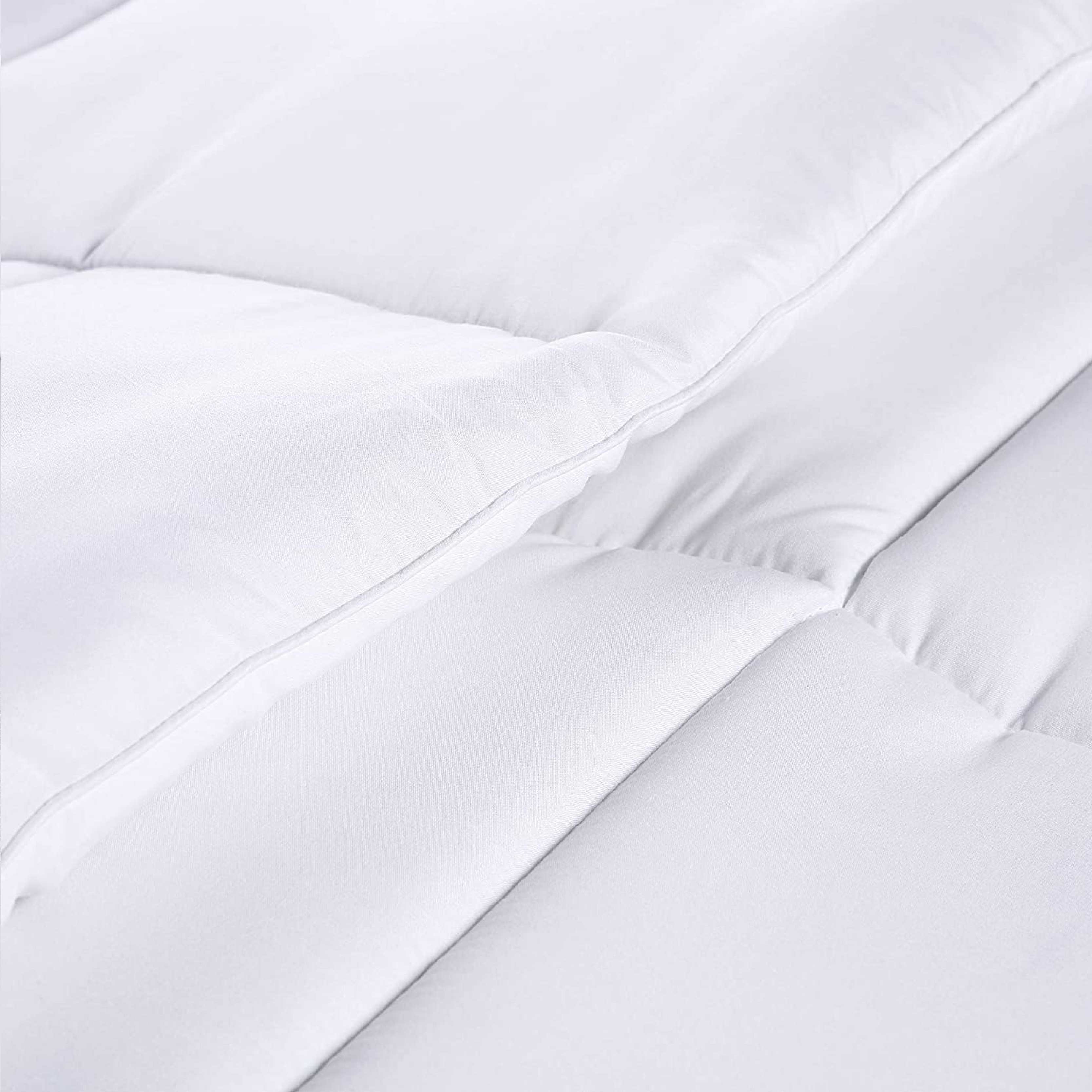Understanding the Benefits and Uses of Hydrocotton in Modern Textiles.
What is Hydrocotton?
Hydrocotton is an innovative fabric that has been making waves in the textile industry due to its unique properties and sustainable composition. As the world increasingly looks for eco-friendly alternatives in textiles, hydrocotton stands out as a solution that provides both comfort and environmental benefits. This article delves into the origins, applications, benefits, and future of hydrocotton.
Origins of Hydrocotton
Hydrocotton is derived from natural cotton fibers that undergo a specialized treatment process. This process involves the use of advanced technology to create a fabric that retains water, making it an excellent choice for various uses, especially in environments where moisture management is crucial. The name itself is a blend of hydro, indicating its water-retaining capabilities, and cotton, highlighting its natural fiber base.
The innovation behind hydrocotton revolves around enhancing the characteristics of traditional cotton. Through a unique manufacturing process, this fabric is treated to increase its absorbency and breathability. These qualities make it ideal for products such as towels, bathrobes, and other household textiles that require quick-drying capabilities without compromising comfort.
Applications of Hydrocotton
Hydrocotton has a wide range of applications, primarily in the home textile sector. Towels made from hydrocotton are particularly popular due to their lightweight nature and superior moisture-wicking properties. Unlike conventional cotton towels that can become heavy and take longer to dry, hydrocotton towels remain light even when wet and dry rapidly, making them perfect for sports enthusiasts, beach outings, or daily use after a shower.
Bathrobes made from hydrocotton also showcase the fabric's luxurious feel. They provide a cozy, soft touch while effectively absorbing moisture, allowing individuals to remain comfortable after a bath or shower. Additionally, hydrocotton's breathable nature helps regulate body temperature, making it suitable for various climates and seasons.
what is hydrocotton

Beyond home textiles, hydrocotton has potential applications in activewear and outdoor clothing. Athletes or individuals who enjoy outdoor activities can benefit from garments that offer moisture management while remaining lightweight and comfortable. This makes hydrocotton a promising alternative to synthetic fabrics often used in performance wear.
Benefits of Hydrocotton
The advantages of hydrocotton are multifaceted. Firstly, its sustainability is a significant benefit. As it is made from natural cotton fibers, hydrocotton is biodegradable, contributing less to environmental pollution compared to synthetic materials. Furthermore, the production process can be designed to minimize water usage and chemical treatments, further enhancing its eco-friendly profile.
Secondly, the user experience is greatly enhanced with hydrocotton. The fabric's plush texture feels gentle against the skin, while its impressive absorbency ensures that it efficiently absorbs moisture. Additionally, its lightweight nature makes it easy to pack and carry, appealing to consumers who seek convenience in everyday products.
Moreover, hydrocotton is designed to be durable. It withstands regular washing and maintains its integrity over time, ensuring that products made from this fabric are long-lasting investments. This durability, combined with its easy care requirements, makes it an excellent choice for busy households.
The Future of Hydrocotton
As the demand for sustainable textiles continues to grow, hydrocotton is poised to become increasingly popular. Manufacturers are beginning to explore new ways to incorporate hydrocotton into various product lines, from home goods to fashion. Brands committed to sustainability are likely to embrace this fabric as part of their offerings, catering to a consumer base that values eco-conscious choices.
In conclusion, hydrocotton represents a wonderful intersection of comfort, functionality, and sustainability. As more people become aware of the environmental impact of their choices, products made from hydrocotton will likely gain traction in the marketplace. Whether as plush towels, cozy robes, or innovative activewear, hydrocotton is a fabric worth considering for anyone looking to make greener choices in their textile selections. As the industry evolves and embraces sustainable practices, hydrocotton is undoubtedly a material that embodies the future of textiles.
-
Understanding the Diverse World of Towel TypesNewsMay.29, 2025
-
The Ultimate Comfort: Discover the Benefits of Polycotton SheetsNewsMay.29, 2025
-
Experience Luxury with 1800 Brushed Microfiber SheetsNewsMay.29, 2025
-
Elevate Your Sleep with Luxurious Hotel Sheets for SaleNewsMay.29, 2025
-
Elevate Your Sleep Experience with Luxurious Linen BeddingNewsMay.29, 2025
-
Discover the Comfort of Polyester Cotton SheetsNewsMay.29, 2025
-
The Ultimate Guide to Bedding Fabric: Elevate Your Sleep ExperienceNewsMay.15, 2025






